Chloe Aftel photographed her first non-binary subject in 2012. Edie was dating a friend’s son at the time, and they “just seemed so comfortable in their own skin,” Aftel says. “I thought the exploratory nature of it was so fascinating, because it's like someone really trying to figure out who they are, rather than saying, ‘I was born with this genitalia.’”
Edie inspired Aftel to learn more about genderqueer identity. “It was moving to see someone not only being, but exploring who they are without fear,” she says. That first shoot blossomed into a series exploring the gender non-binary, and Aftel spent the next six years traveling the country, taking photographs of people in places "that feel like home to each of them, as their most honest, real, true selves."
The new book Outside & In Between is a result of her travels, and fittingly, it features Edie’s portrait on the cover. Aftel believes it’s the first comprehensive body of photography work on this community, but she sees the monograph as a "living document," which will grow and change.
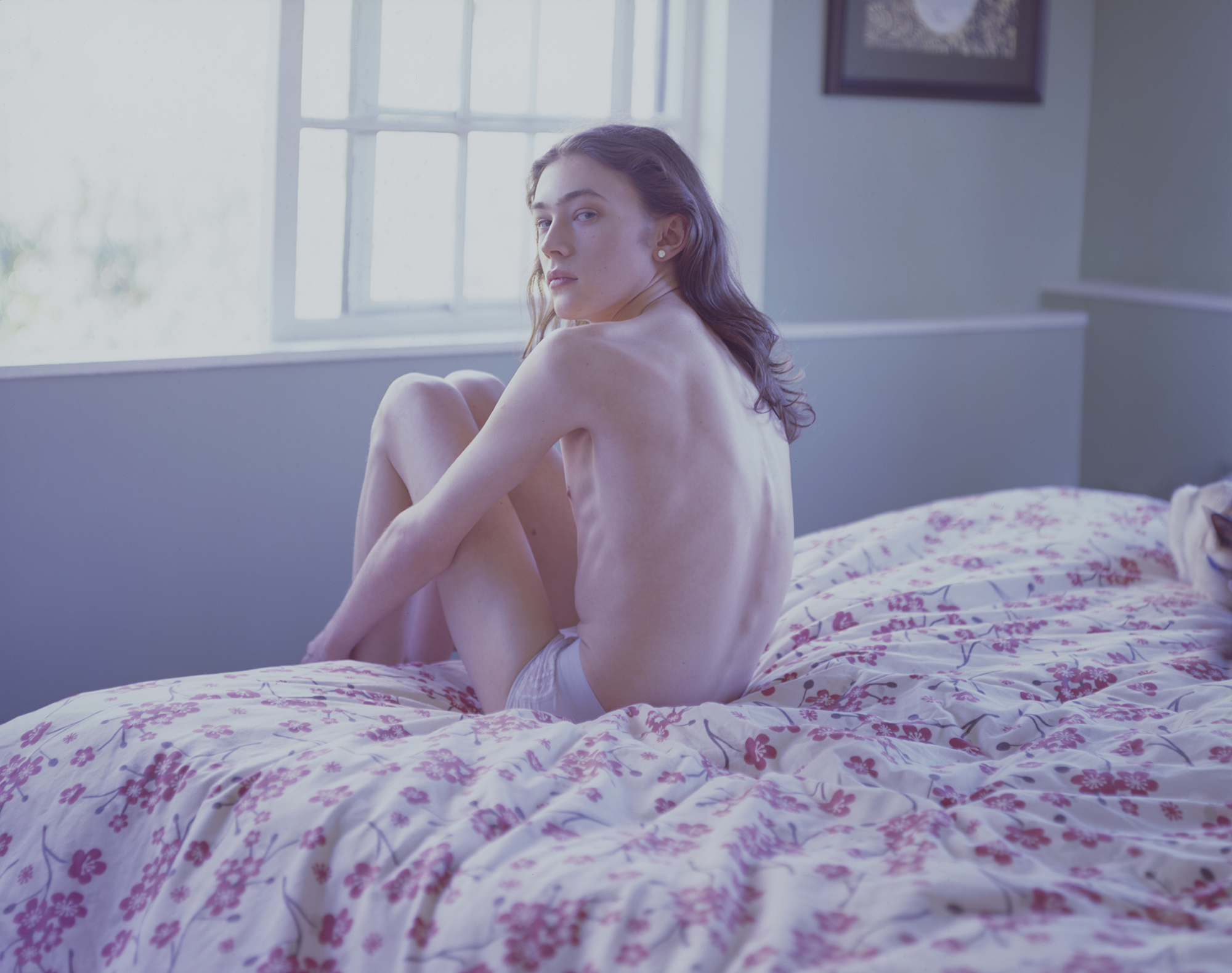
Aftel grew up in Berkeley, California, and had been using her work to explore gender for some time. At first, she dabbled with female archetypes. “It was very adolescent,” Aftel says, “But at the same time, it was me trying to figure out what I was interested in.”
After her shoot with Edie, Aftel began asking friends to introduce her to other people who identified as non-binary, genderqueer, and genderfluid. She photographed four more subjects, then pitched San Francisco Magazine on expanding the series to be more than a one-off.
When they agreed, “the floodgates opened,” Aftel says. People began approaching her, asking how they could get involved. Aftel also reached out to a number of prominent voices in the non-binary community and was able to photograph people like Jiz Lee, Rain Dove, Jacob Tobia, and Pidgeon Pagonis.
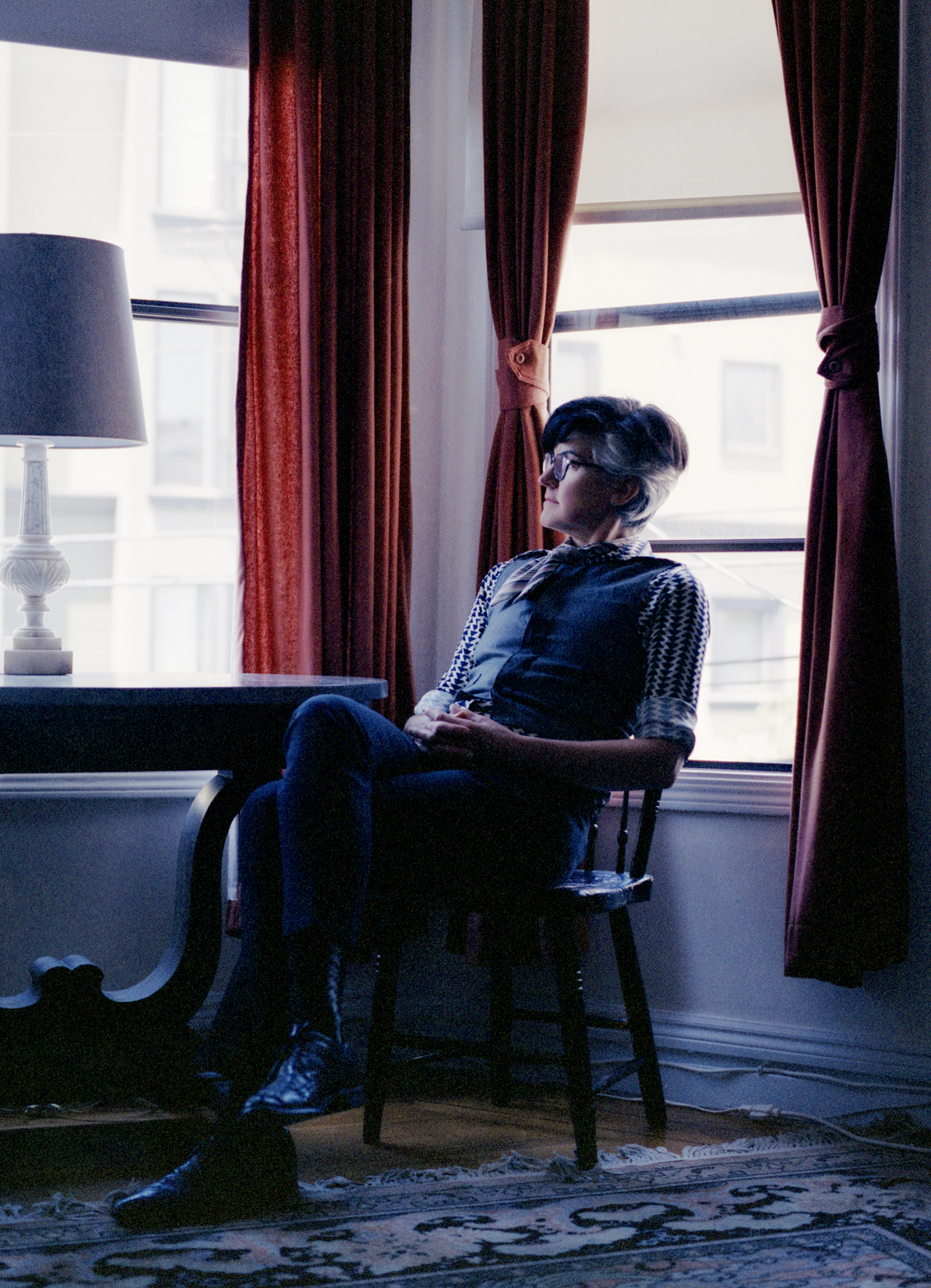
Around the same time, a non-binary teenager named Sasha Fleischman was set on fire on an AC Transit bus in Oakland, California. The attack became yet another reason Aftel believed the series ought to be a much larger project, exploring the cultural moment and forcing people to confront entrenched gender biases.
“People will look at [my photographs] and assume someone is a girl or a boy within the ‘normal’ ways that we codified those terms,” Aftel explains. “A lot of times, people [will say] they are interested in someone from the series or find them stunning, and then I can say, ‘They identify as genderqueer.’”
Through these interactions, Aftel says she can often see people’s understanding of themselves “change a little.” She thinks that “catching people off-guard” forces them to reconsider their own ideas about sexuality and start seeing other people as human beings who exist outside the constraints of the gender binary.
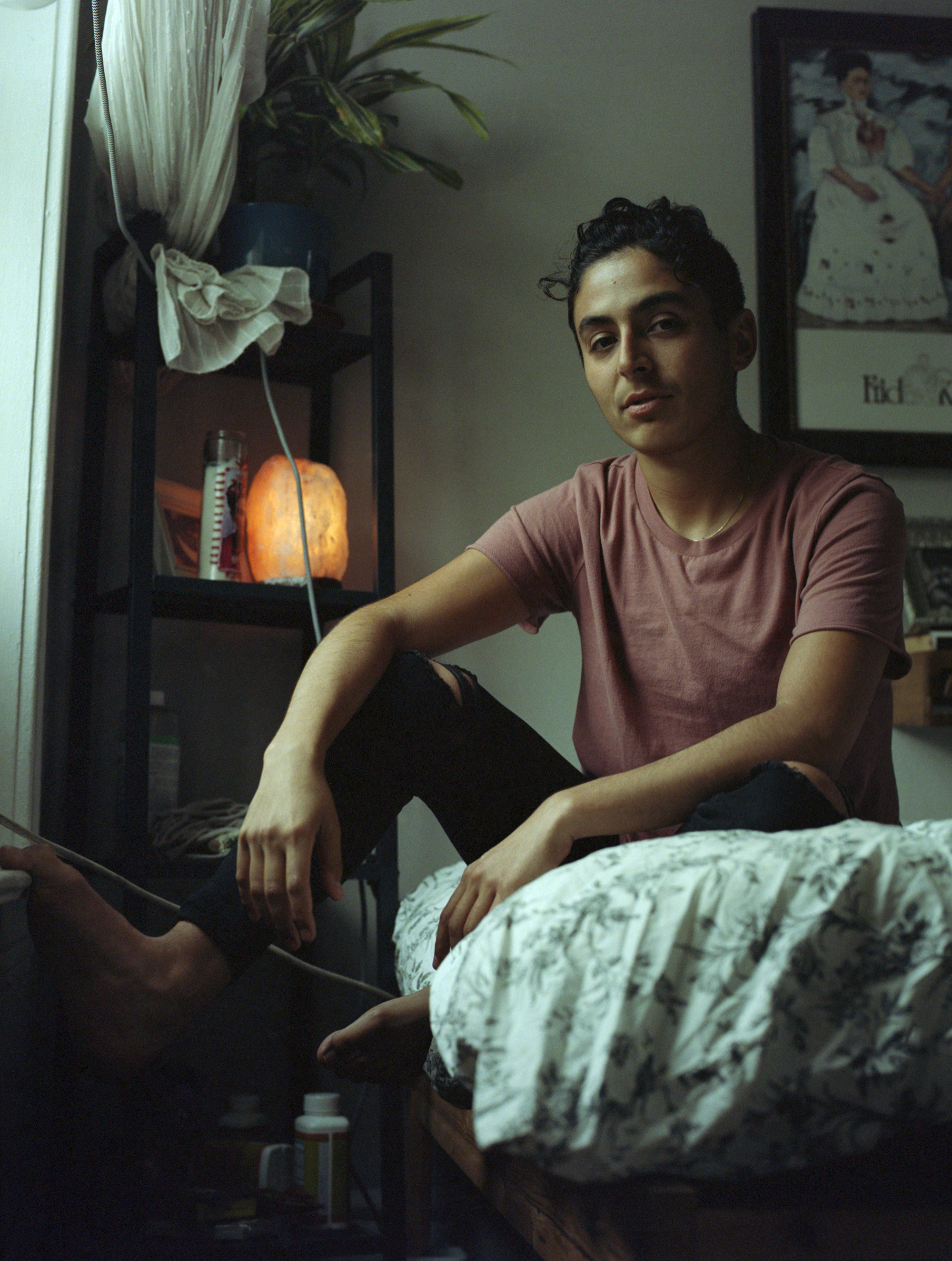
By the time the term genderqueer “caught fire culturally,” Aftel had amassed a large body of work about the community. She shoots her subjects in a place they consider “home” and has them wear whatever clothing they felt authentically portrayed their style and personality. “Courtney, [a subject] who also does porn, asked me if she should go get her dildo. I was like, ‘Totally,’” Aftel says.
Another one of her subjects, Kim, is a pastor who brought Aftel to their church. Kim said that to explain the concept of non-binary to their seminary, they often compare it to assigning a gender to God.
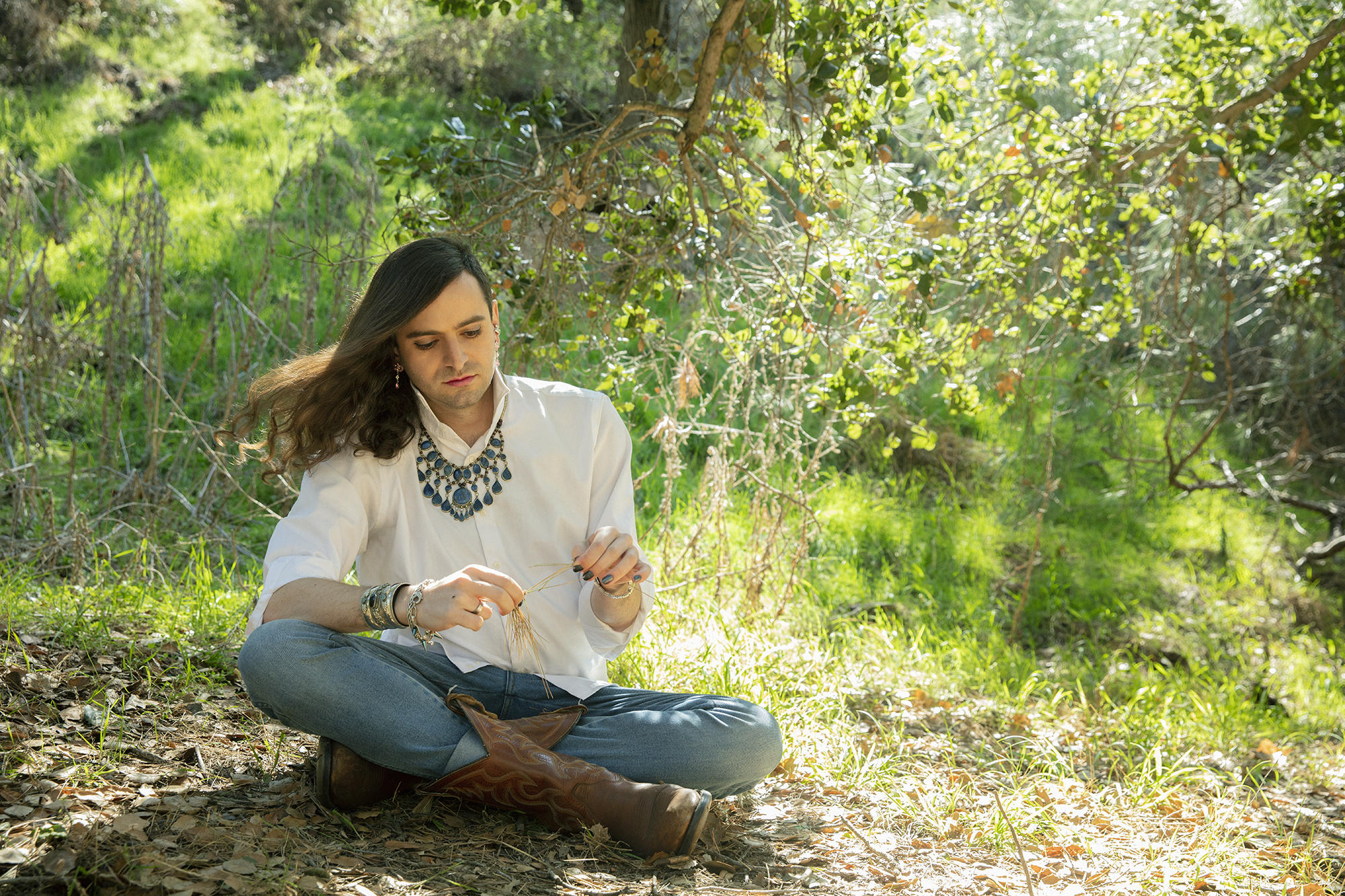
After working with subjects all over the nation, Aftel noticed distinctions between people living in rural versus urban areas. “People who were in more rural were clearly extremely nervous and afraid of reprisal or afraid of losing work,” she says. Because of this, many subjects asked not to use their legal names, or use only their first names, since they “live in areas of America where being queer is dangerous.”
Aftel’s subjects Greyson and Quinn once fit into that category. They talked about living in rural America for 19 years and only feeling safe once they moved to Seattle, where they were photographed. Before that, they were forced to flee their apartment after being terrorized by a neighbor for being visibly queer.
Aftel hopes her book can help expand the notion of inclusivity in America. “I find the rise of the alt-right and neo-nazis shocking and unexpected,” Aftel says. “But I also feel like the [way to counter that is] for me to say, ‘Here are these really beautiful communities.’ Here are these really interesting people, with an incredible sense of who they are, and they are wholly and completely American.”
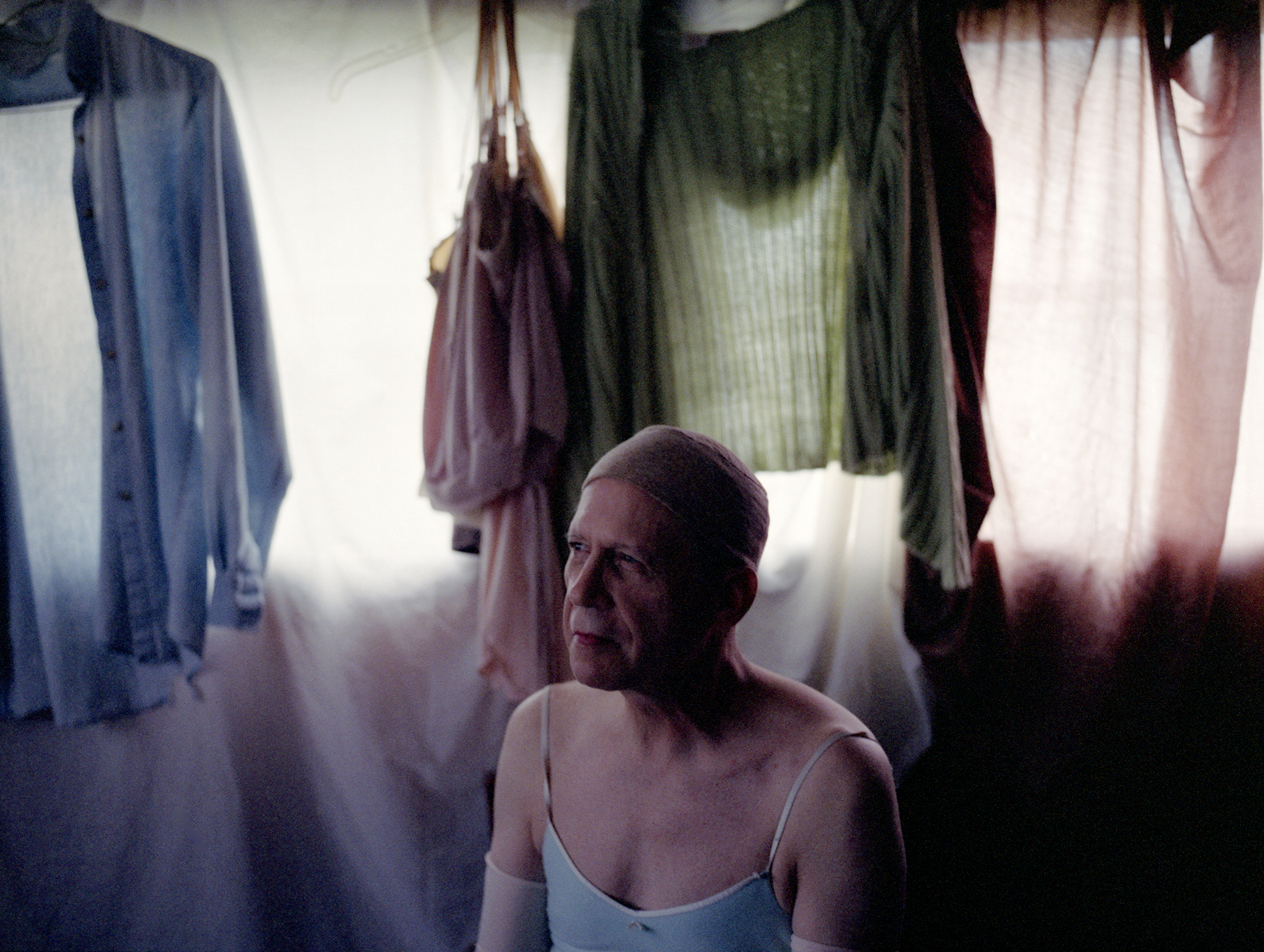
Outside & In Between also contains personal essays penned by six of Aftel’s subjects. “I am still discovering my gender identity, but I do identify as an alien prince,” one begins. “I came to understand that gender is a spectrum that I can travel within, or I can be outside of it.”
“It has been a difficult and frightening journey trying to be who I really am,” reads another. “We are all human. We are all fragile… The many shades of grey do not define or help to ease an issue that has been problematic for thousands of years.”
Going forward, Aftel plans to continue exploring gender, sexuality, and identity through her work. Her next project, Girl, will focus on the coming-of-age narratives of female-identifying individuals. Another project, Woman, will follow. “I hope that my images can push the door open just a little bit,” she says. “I want to say, ‘These are human beings, and we all deserve to be happy and to live as who we are.’”
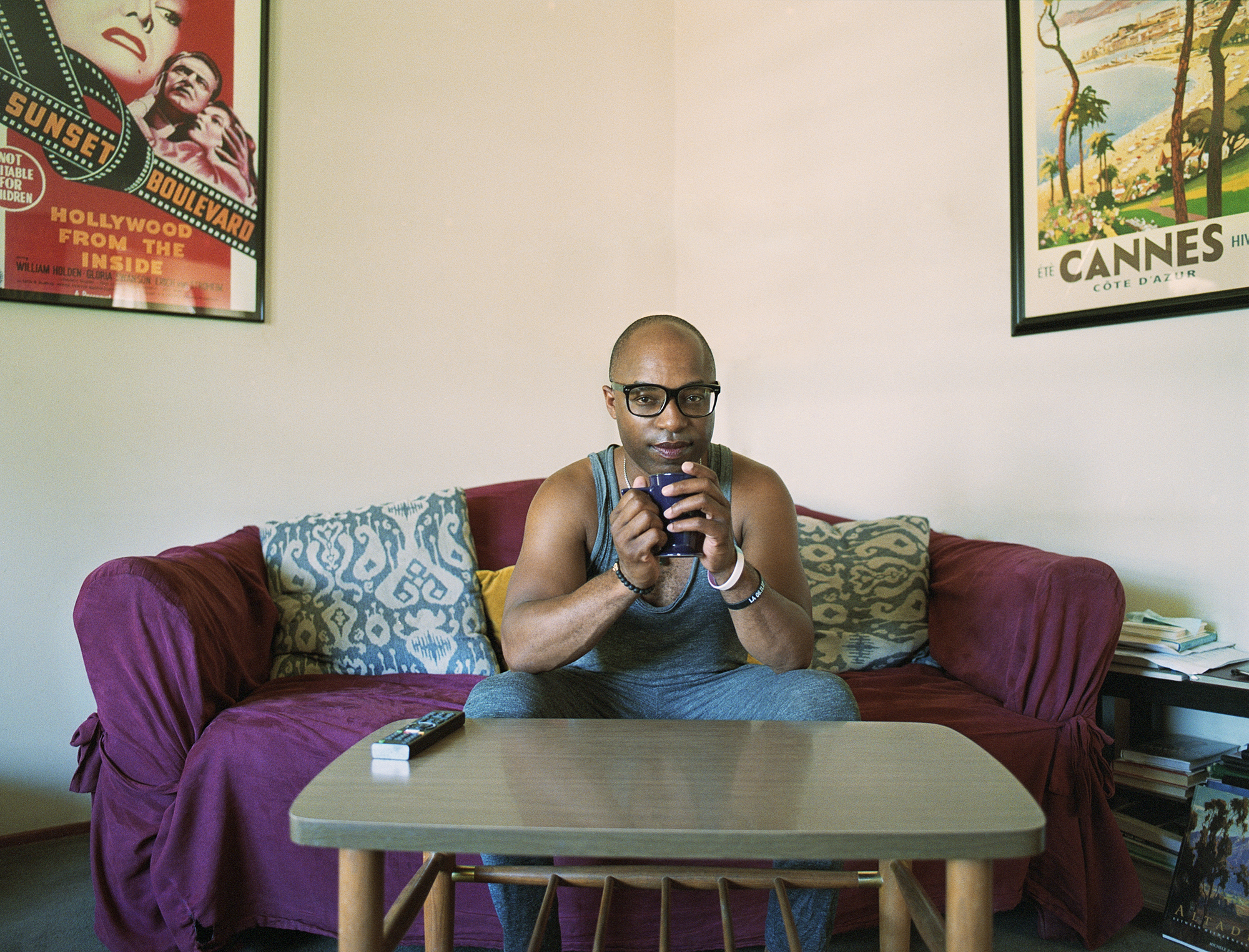
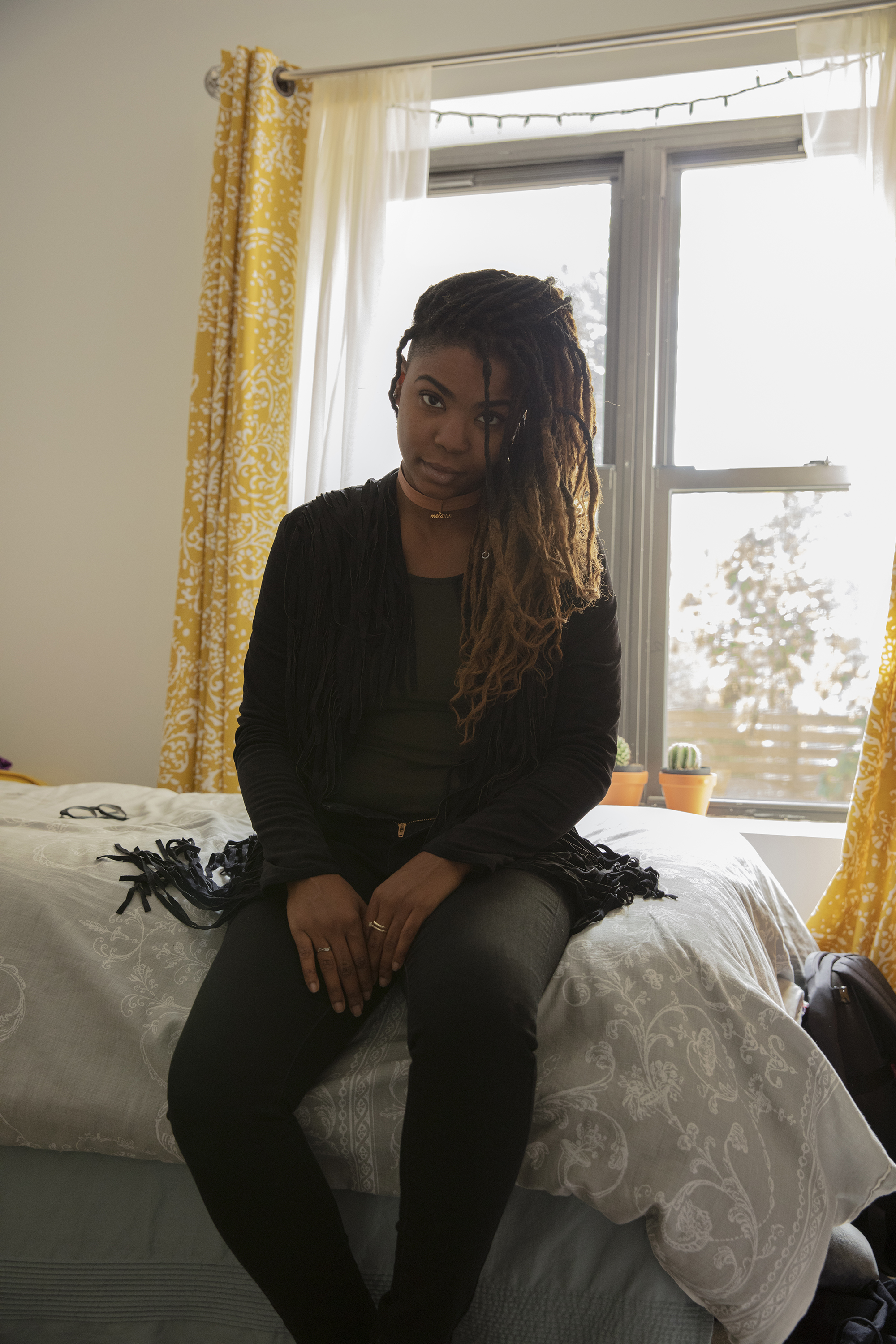
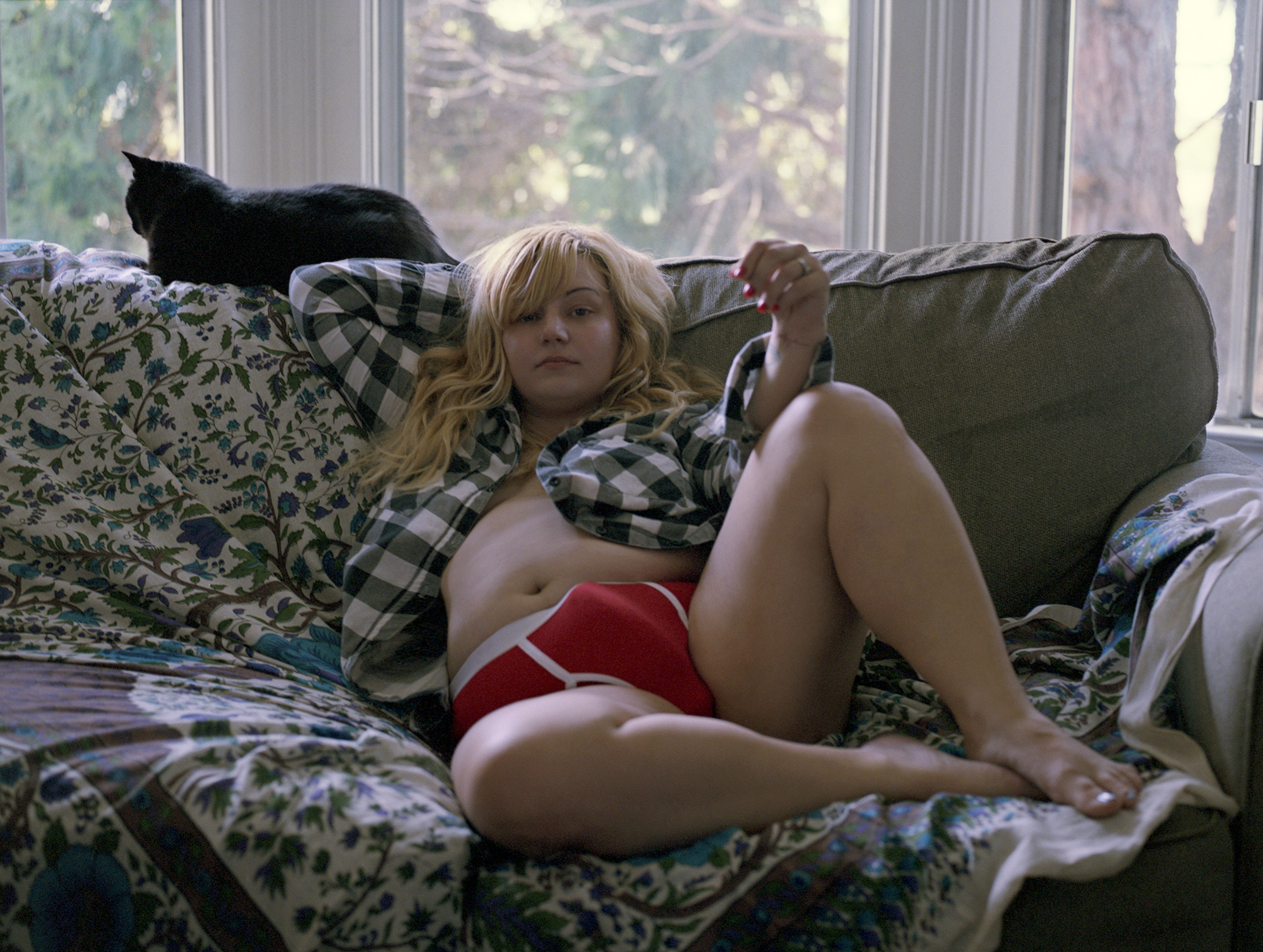
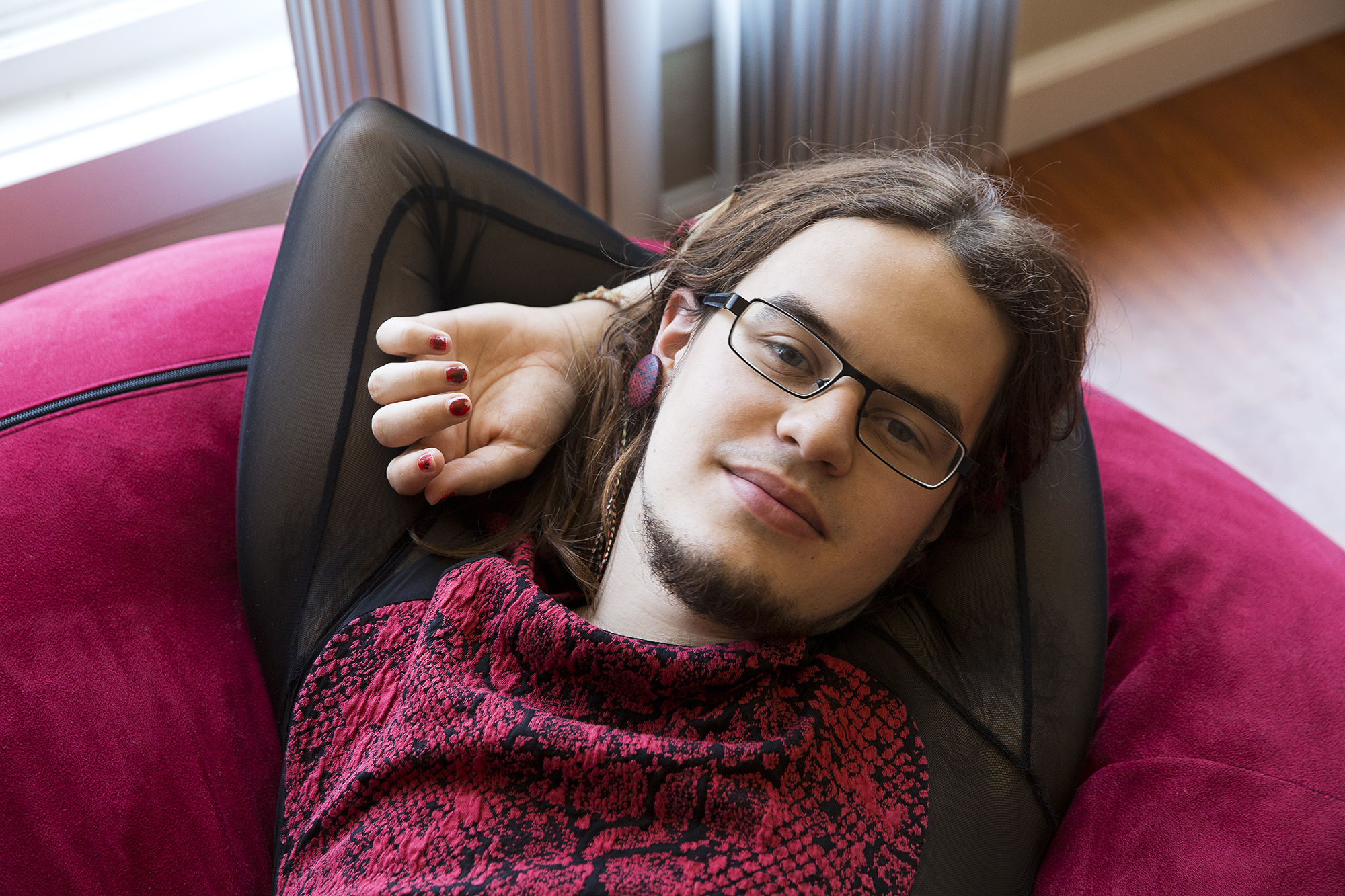
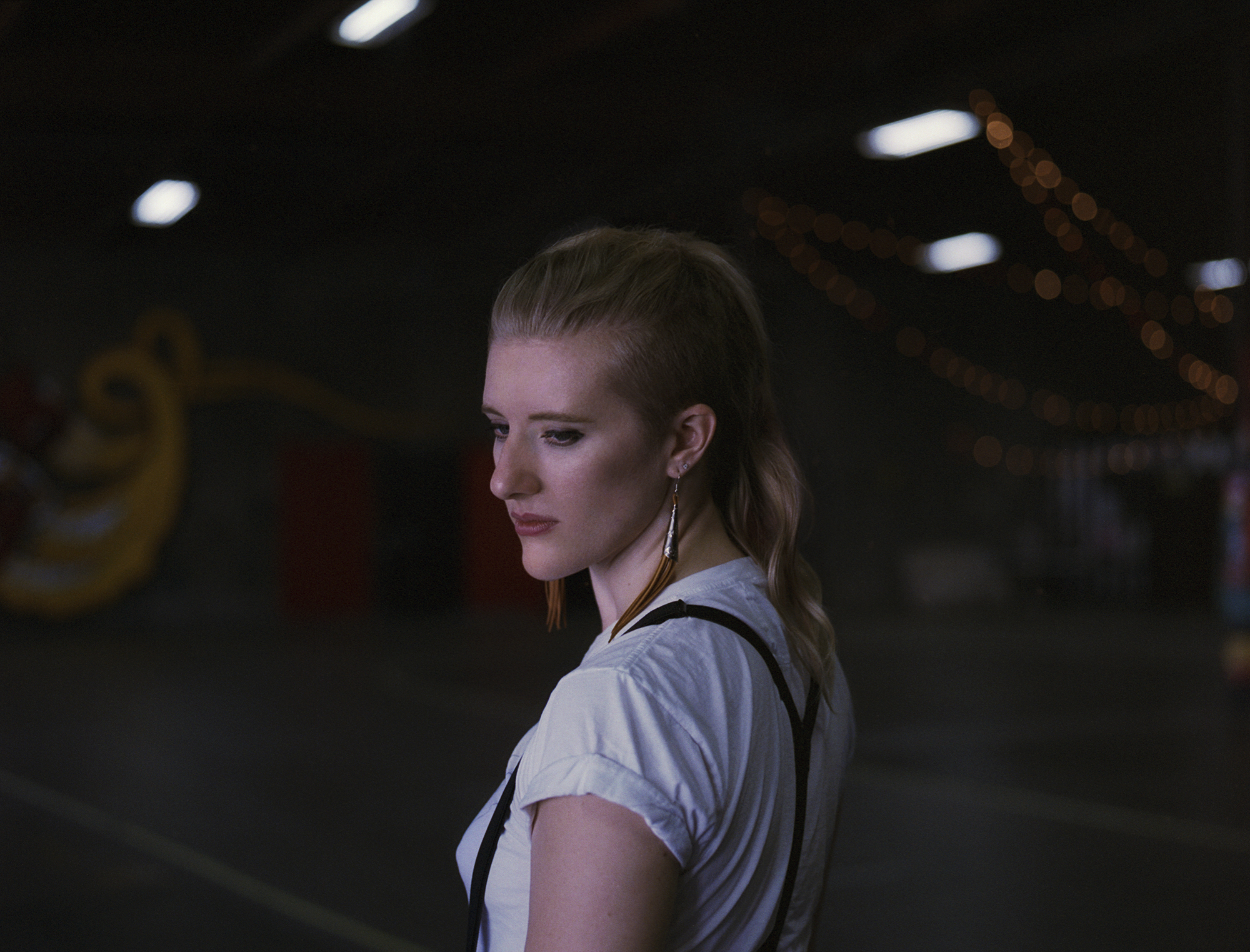
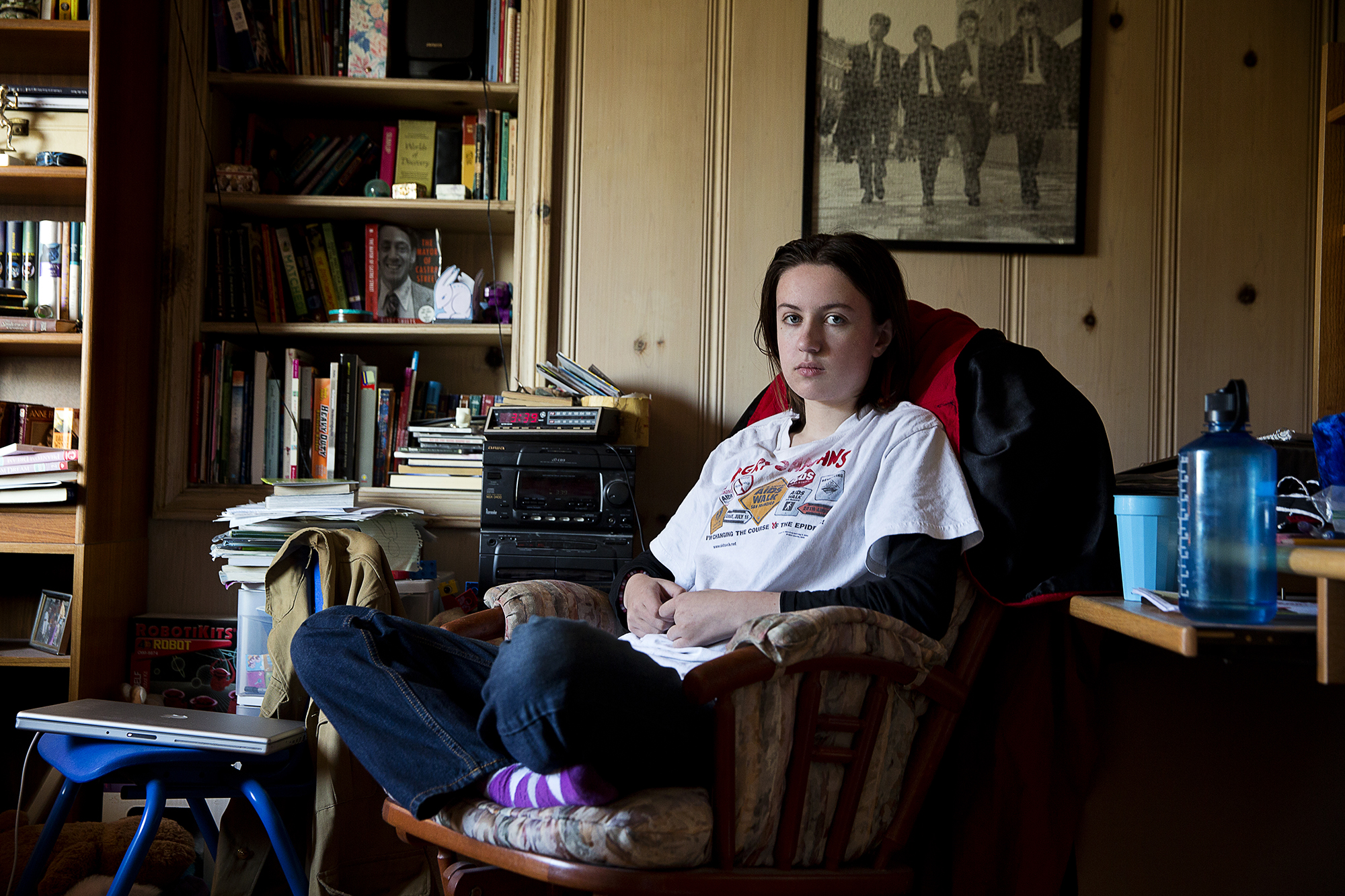
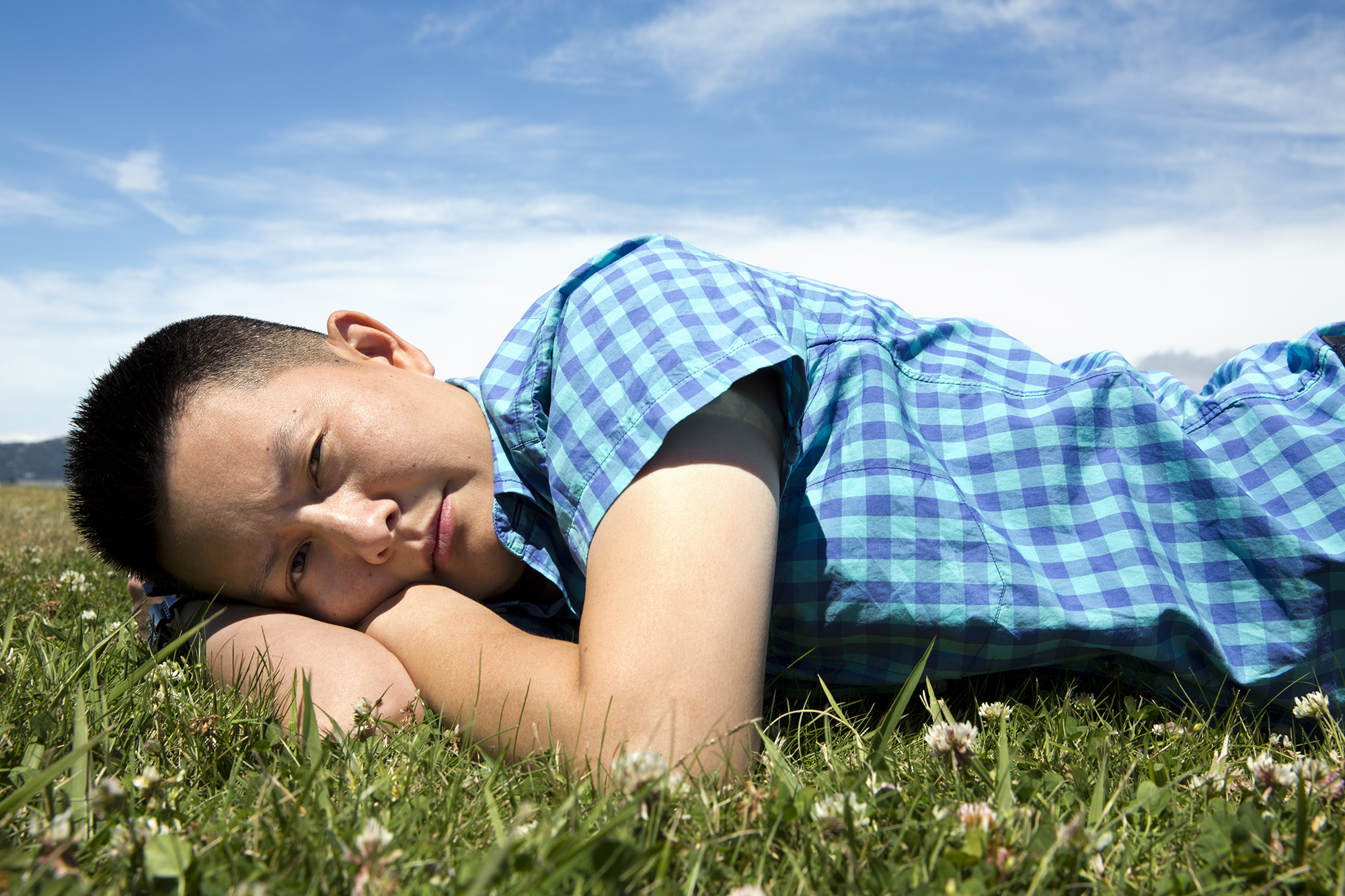
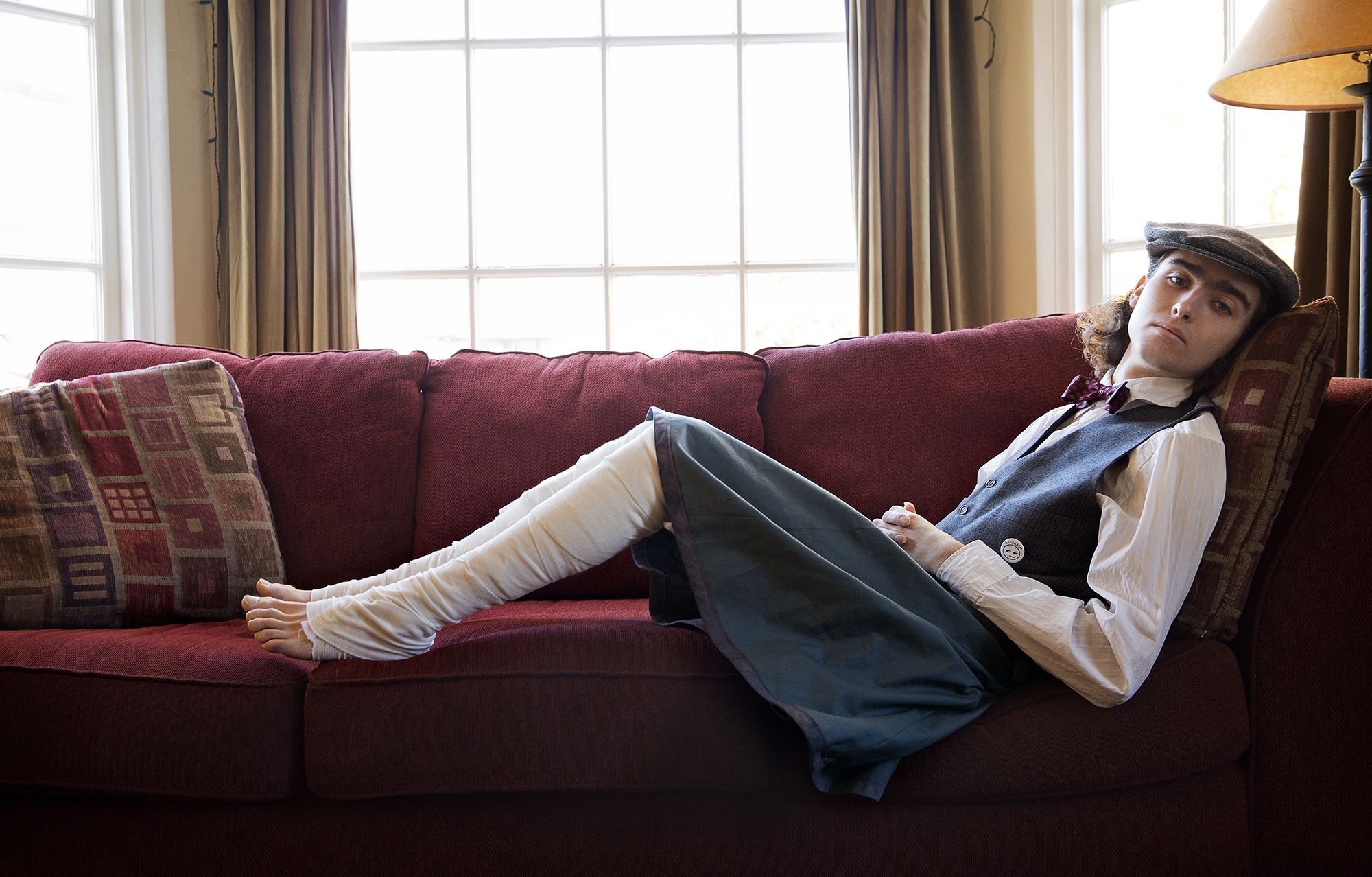
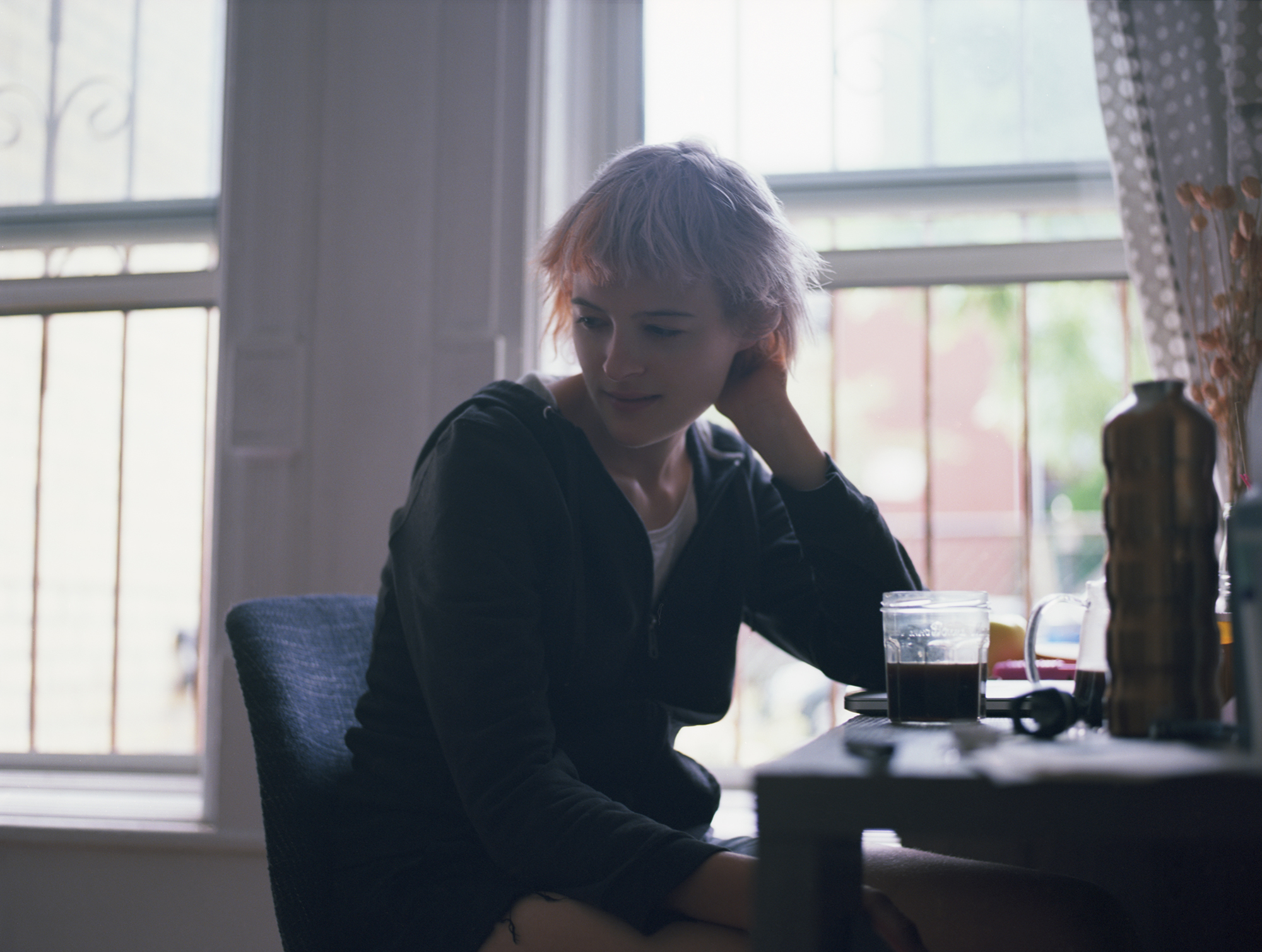
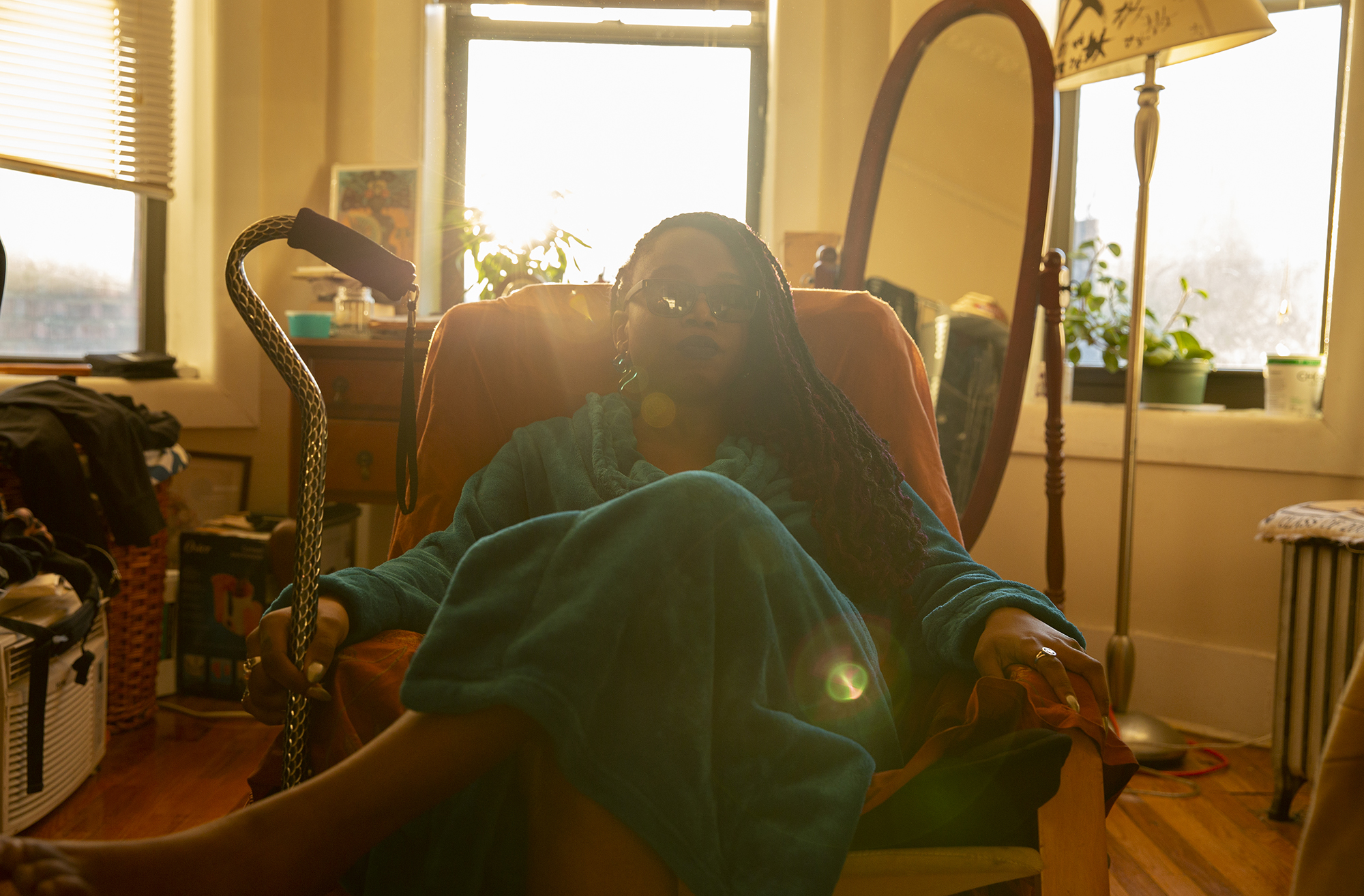
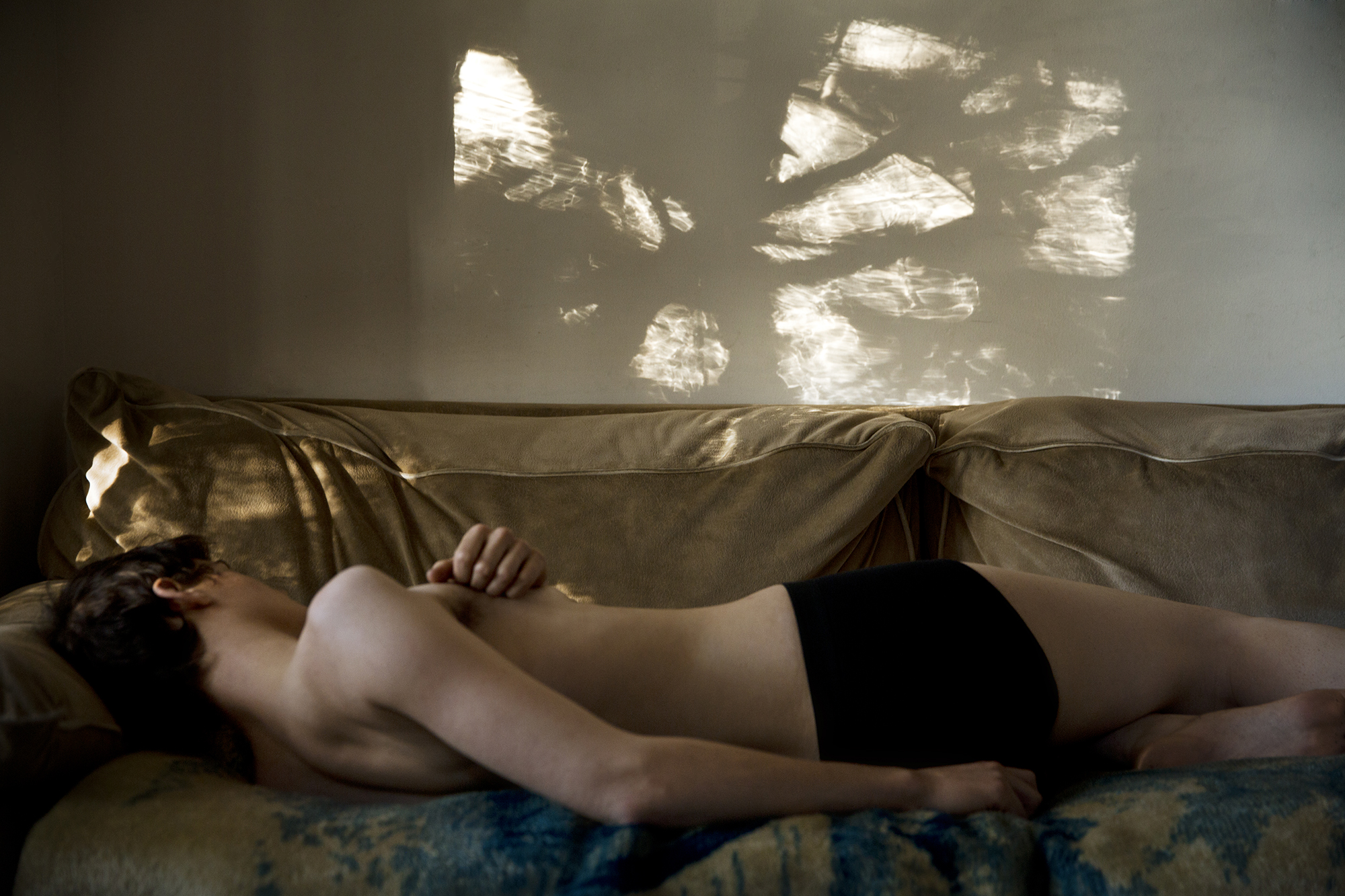
Sign up for our newsletter to get the best of VICE delivered to your inbox daily.
from VICE http://bit.ly/2MDSXuK
via cheap web hosting
No comments:
Post a Comment